Bombay Talkies: An Unseen History of Indian Cinema
Many artists and filmmakers, Jewish and non-Jewish, who wished to escape the coercive, persecutory atmosphere, migrated westward; less well known is their eastward movement to India, where German and East European emigres found work in the Bombay film industry. Among them was the cinematographer Josef Wirsching, who moved to Bombay in the 1930s. In his films for Bombay Talkies, he frequently framed characters through arches, doorways and windows; favoured eccentric camera angles; and masterfully moulded light to create shadows and pools of darkness. These techniques lent themselves beautifully to Bombay Talkies melodramatic screenplays, and thus was the crisis of the alienated individual in post-war Europe transferred to the crisis of the modernising self in a colonised nation. While scores of books on Indian film and its pioneers exist, there is little memory of Josef Wirsching. This illustrated volume invites a variety of film historians and scholars to analyse the cultural significance of Wirsching s photographic archive, thereby situating a film pioneer back into the history of Bombay cinema.
Get it now and save 10%
BECOME A MEMBER

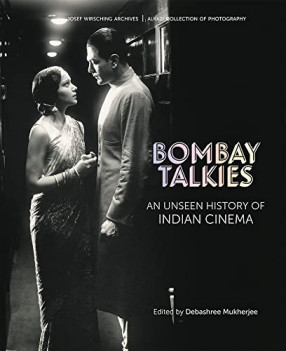


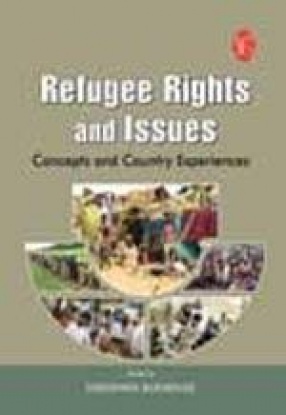

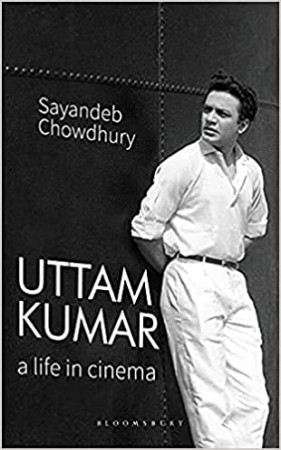
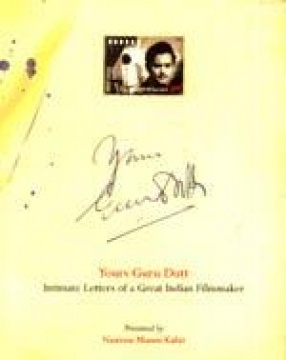

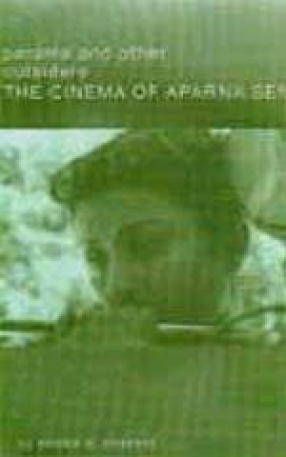

Bibliographic information